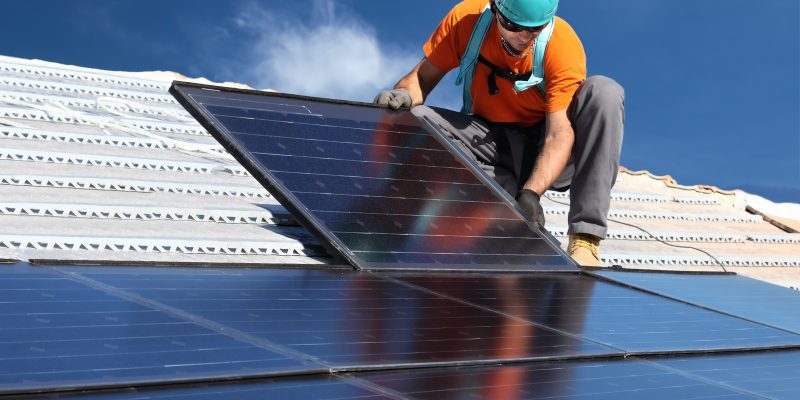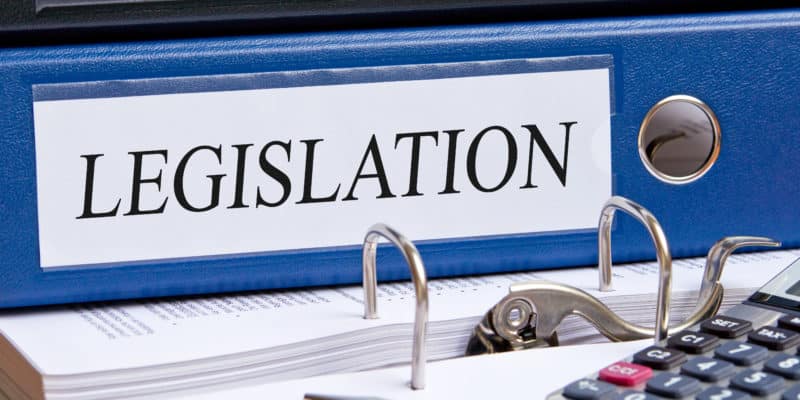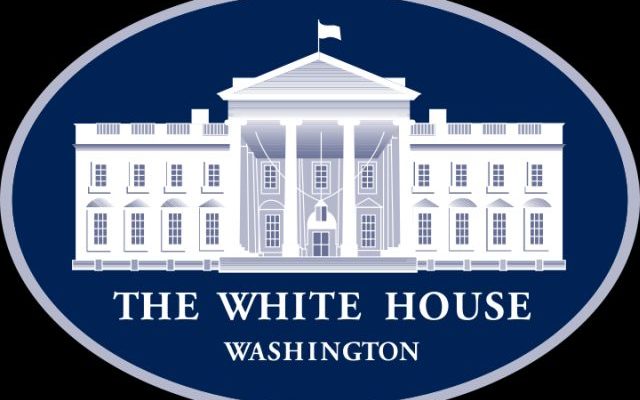Bricker Graydon LLP
June 15, 2023
By now, you are likely aware that the federal government is making the largest investment in climate and energy improvements in American history, known as the Inflation Reduction Act (IRA). The IRA allocates funding to provide incentives that reduce renewable energy costs for an expanded number of organizations including public educational institutions, school districts, states, counties, and local municipalities. Previously, renewable energy incentives were only available to private tax-paying entities. The IRA, however, now allows public entities to have access to these incentives.
Specifically, the federal government has made $369 billion available over the next decade for new and existing programs with the goal of a 40% reduction in the nation’s carbon emissions by 2030. The Act expressly allows these incentives to be used for installing energy facilities like solar arrays and wind turbines, installing certain water and sewage facilities, converting fleets of gas-powered vehicles to electric and hybrid vehicles (for example fleets of police cars, ambulances, fire trucks, school buses, garbage trucks, snow plows), and electric and other alternative fuels vehicle charging stations.
Investment Tax Credits (ITC) and Production Tax Credits (PTC)
One of the most innovative aspects of the IRA involves its creation of a direct-payment mechanism that is available to public entities. This new ability to receive direct cash payments is available for many of the different credits and programs funded by the IRA. Two of the most valuable types of tax credits that are eligible for direct payments under the IRA are the Investment Tax Credit (ITC) and Production Tax Credit (PTC).
Both types of credits were expanded to assist with financing renewable energy projects with the hope of spawning a new era of clean energy projects where ownership is retained by public and other tax-exempt entities. Among other categories of assets, the PTC was extended to include wind and solar projects that begin construction before January 1, 2025, and the ITC was expanded to include wind, solar, and energy storage projects that begin construction before January 1, 2025. The ITC and the PTC expire in their current form on December 31, 2024, and will be replaced by even more expansive technology-neutral and zero-emissions clean energy investment and production tax credits.
An ITC can be claimed after a clean energy project is completed and placed into service. The amount of an ITC that a project might be eligible for is calculated based off the upfront costs of installing and placing the project into service. The base rate for the ITC is 6% of the costs of a project. If prevailing wage and apprenticeship requirements are met, the base rate is automatically increased 5x to 30% of the project’s costs. On November 30, 2022, the IRS published its initial guidance for meeting these prevailing wage and apprenticeship requirements.
While an ITC is a one-time credit based on the upfront costs of a project, a PTC provides a yearly credit that can be claimed over a 10-year period. The amount of credit that an energy project is eligible to claim depends on the amount of energy it produces and sells to unrelated entities each year. The base rate of the PTC varies each year due to inflation. In 2022, for instance, the PTC had a base rate equal to $0.005/kWh. Like the ITC, if prevailing wage and apprenticeship requirements were met, the base rate for 2022 was increased 5x to $0.026/kWh.
Historically, for public entities, income and other types of tax credits are useless. Thanks to the IRA, public entities are now able to receive direct payments in lieu of credits by filing a tax return for the tax year that a project was placed into service that requests a refund equal to the amount of a project’s eligible tax credit. The ability to receive direct payments is available for many of the different credits created by the IRA and is not limited to only ITCs and PTCs. Entities can only elect to receive these new direct payments at such time and in such manner as the Secretary of the Treasury provides.
Public entities should consult experienced public finance counsel to further explore these financing options.
Clean commercial vehicle credits
The IRA provides resources to facilitate the purchase of clean energy commercial vehicles that replace traditional combustion-engine vehicles. The IRA expanded commercial vehicle tax credits to encompass any clean energy commercial vehicle. Each purchase of an eligible clean energy vehicle can receive a credit that equates to the lesser of 30% of the purchase price (15% if a hybrid vehicle) or the difference between the clean energy vehicle’s purchase price and a comparable combustion-engine vehicle’s purchase price, known as the incremental cost. Vehicles weighing under 14,000 pounds are eligible for a credit of up to $7,500. Vehicles weighing more than 14,000 pounds are eligible for a credit of up to $40,000. As alluded to above, this credit is also able to be received as a direct payment by tax-exempt entities.
The IRA carved out an additional amount of funding for an Environmental Protection Agency (EPA) program, consisting of $1 billion in competitive grants and rebates, that is aimed at offsetting up to 100% of a public entity’s replacement cost for heavy-duty Class 6 and 7 commercial vehicles. The grants and rebates under this EPA program can even be used to reimburse the costs of any charging or other associated infrastructure that is necessary to replace those types of vehicles, including workforce development.
Alternative fuel charging station credits
The Alternative Fuel Vehicle Refueling Property Credit is a general tax credit for an entity that installs alternative fuel vehicle refueling and recharging stations, including direct current fast charging stations. The base value of credit is 6% of the cost of the charging station with a maximum credit capped at $100,000. Like the ITC, the value of this credit increases from 6% to 30% of the cost of a qualified alternative fuel vehicle refueling station, but is still subject to the cap of $100,000 per station, if the requirements for prevailing wages and apprenticeship are met. Please note that public entities cannot use this credit to offset expenses related to the permitting and inspection of project sites. There are strict geographic limitations on the ability to qualify for this charging station tax credit. The station must be installed in rural or low-income areas. This credit is able to be transferred by certain tax-paying entities for cash and is eligible to be received by tax-exempt entities as direct payments in lieu of non-refundable tax credits.
Davis-Bacon Act
The Davis-Bacon Act applies to IRA-funded or assisted contracts in excess of $2,000 for the construction, alteration or repair (including painting and decorating) of public buildings or public works. This Act triggers an obligation on the contractors and subcontractors to pay federal prevailing wage.
Apprenticeship requirements
Lastly, the IRA sets forth apprenticeship requirements that must be complied with for IRA-funded or assisted contracts. These requirements include at least one apprentice for each subcontractor with four employees or more, ratio requirements as set by the Department of Labor or a state agency and required percentage of apprenticeship work hours (12.5% for 2023, and 15% for 2024 and beyond) for projects. The IRA does, however, include a good-faith exception for projects that do not receive a response in five business days from qualified apprentices from a registered apprenticeship program or for when no apprentices are available.
In sum, IRA has provided public entities with a unique opportunity to reduce energy costs while also reducing the amount of their carbon emissions.





